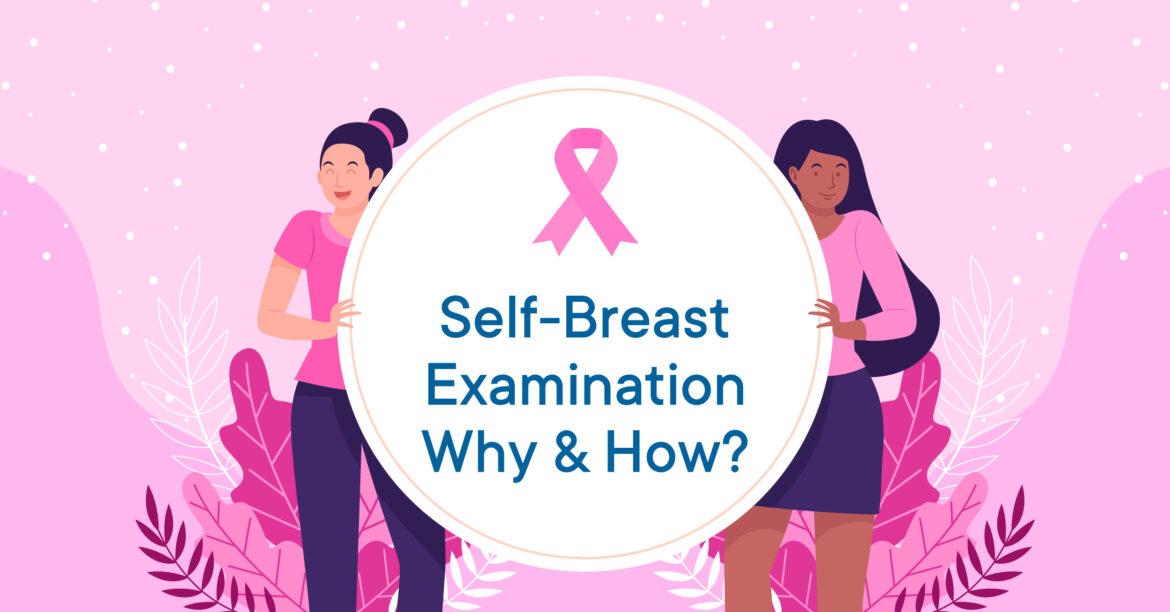“My wish is that all all women age 20 and above perform monthly breast self-examinations”
– Olivia Newton-John
Introduction:
Breast self-examination (BSE) is a crucial practice that empowers individuals to monitor their breast health and detect any potential abnormalities at an early stage. In this blog post, we’ll explore why BSE matters, how to perform it correctly, and the significance of regular screenings. This information is intended to raise awareness and promote proactive breast health management.
Why Breast Self-Examination Matters:
Breast cancer is one of the most prevalent cancers worldwide, affecting both women and men. Early detection is key to improving survival rates and treatment outcomes. BSE serves as a valuable tool for identifying changes in breast tissue, such as lumps, texture changes, or nipple abnormalities, which could be indicators of a potential issue.
How to Perform Breast Self-Examination:
- Choose a Regular Time: Performing BSE about once a month, ideally a few days after your menstrual period, can help you track changes more effectively. If you’ve reached menopause, choose a consistent day each month.
- Visual Examination: Stand in front of a mirror with your arms at your sides. Observe your breasts for any changes in size, shape, or contour. Look for dimpling, redness, or changes in skin texture.
- Raise Your Arms: Raise your arms above your head and examine your breasts again for the same changes as before.
- Manual Examination – Lying Down: Lie down and place a pillow under your right shoulder. Use your right hand to feel your left breast in circular motions, using light to medium pressure. Begin from the outer edges and gradually move toward the center. Ensure you cover the entire breast, including the armpit area.
- Manual Examination – Sitting or Standing: Use the same circular motion technique for the opposite breast while sitting or standing. It’s a good practice to vary your hand pressure (light, medium, firm) to thoroughly examine different layers of breast tissue.
- Check Nipples: Gently squeeze each nipple and check for any discharge. If you notice any bloody, clear, or unusual discharge, consult a healthcare professional.
The Role of Clinical Screenings:
While BSE is a helpful practice, it is important to note that it should not replace regular clinical screenings, such as mammograms and professional breast exams. Mammograms, in particular, use X-rays to detect potential issues even before they are palpable. These screenings can catch early signs of breast cancer that might not be detectable through BSE alone.
References:
- American Cancer Society. (2021). Breast Cancer Early Detection and Diagnosis. Link
- Mayo Clinic. (2021). Breast Self-Exam for Breast Awareness. Link
- National Breast Cancer Foundation. (2021). Breast Self-Exam. Link
- American College of Obstetricians and Gynecologists. (2019). Practice Bulletin No. 179: Breast Cancer Risk Assessment and Screening in Average-Risk Women. Obstetrics & Gynecology, 133(5), e274-e293. Link
Conclusion:
Breast self-examination is a valuable practice for proactive breast health management. By incorporating BSE into your routine and combining it with regular clinical screenings, you can play an active role in early detection and potentially save lives. Remember that any concerns or changes you notice during BSE should be discussed with a healthcare professional to ensure proper evaluation and guidance.

